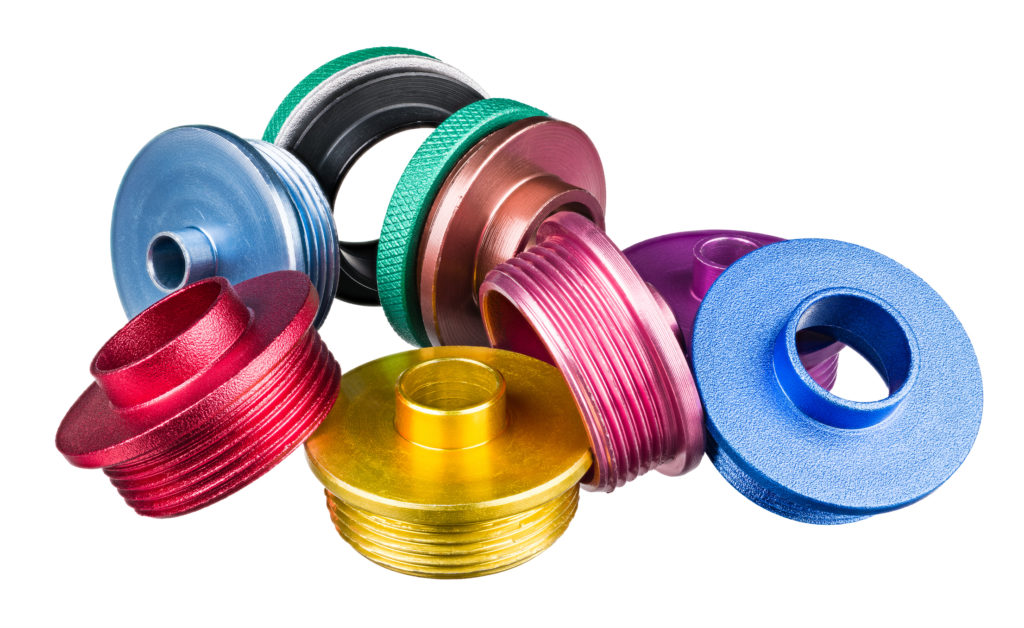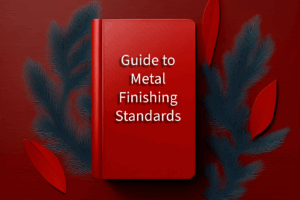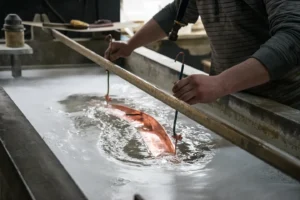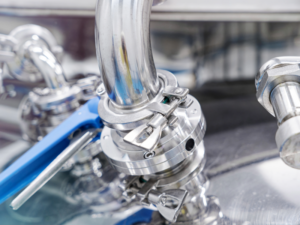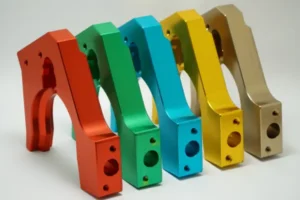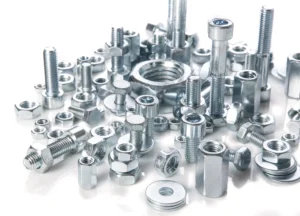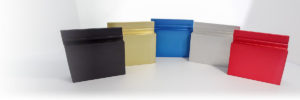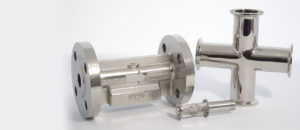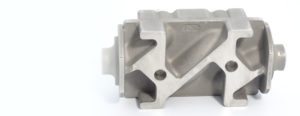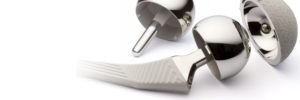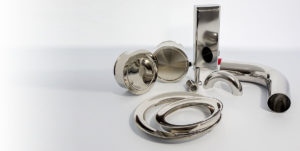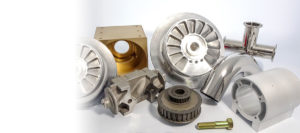Anodizing is a surface treatment process used to enhance the durability, resistance, and appearance of metal parts. There are several types of anodizing, including Type 1, Type 2, and Type 3. In this blog post, we will focus on Type 2 anodizing and the benefits it offers for metal parts.
Type 2 Anodizing: An Overview
Type 2 anodizing, also known as sulfuric anodizing or conventional anodizing, is a widely used process that creates an oxide layer on the surface of metal parts.
This layer provides enhanced protection against corrosion, wear, and abrasion.
The process involves immersing the metal part in a bath of sulfuric acid, which acts as the electrolyte. The part is then connected to a direct current power source, causing the metal surface to become the anode and release positively charged ions. These ions react with the sulfate ions in the electrolyte to form an oxide layer on the surface. Type 2 anodizing can be used to create a range of colors, including black, blue, gold, green, and red. The exact color that is produced depends on the type of electrolytic solution used, the electrical current applied, and the time the component is immersed in the solution.
Types of Metals Suitable for Type 2 Anodizing
This finishing process is typically used on aluminum components, as this material is highly reactive and forms a strong oxide layer. While commonly used on aluminum and its alloys, other metal parts such as titanium, magnesium, and zinc, can also be anodized. Aluminum and its alloys are popular choices for anodizing due to their excellent corrosion resistance, lightweight, and ease of processing. However, it is important to note that not all aluminum alloys are suitable for anodizing, and some may require pre-treatment before the process.
Examples of Parts that are Anodized
Type 2 anodizing is used in a variety of industries, including aerospace, automotive, and construction. Some common components that are anodized include:
Aerospace parts: Anodized aluminum is used in many aerospace applications, including landing gear, engine components, and structural parts.
Automotive parts: Anodized aluminum is used in a variety of automotive applications, including wheels, suspension components, and engine parts.
Construction components: Anodized aluminum is used in construction for windows, doors, and other architectural elements.
Benefits of Type 2 Anodizing
- Increased Durability and Resistance: Type 2 anodizing creates a protective oxide layer on the metal surface that enhances its resistance to corrosion, wear, and abrasion. This layer is uniform and porous, allowing for the adhesion of sealants, primers, and paints, and making the metal part more durable and long-lasting.
- Improved Aesthetic Appearance: Type 2 anodizing also provides an attractive, colored surface finish that can be used to enhance the appearance of metal parts. The color is created by the reaction between the metal surface and the sulfuric acid electrolyte and can be modified by varying the process conditions or adding dyes. Some popular colors used in Type 2 anodizing include black, blue, green, red, and gold.
- Cost-Effective: Type 2 anodizing is a cost-effective solution for metal surface enhancement. The process is relatively simple and can be performed in-house, reducing the need for outsourcing. Additionally, the low cost of sulfuric acid makes it an affordable option for anodizing large batches of metal parts.
- Improved Adhesion: The porous oxide layer created by Type 2 anodizing allows for better adhesion of sealants, primers, and paints, making it an ideal solution for metal parts that require a durable surface finish.
- Enhanced Electrical Conductivity: Type 2 anodizing can also improve the electrical conductivity of metal parts, making it an ideal solution for electronics and electrical components.
This finishing process is a versatile and cost-effective solution for enhancing the durability, resistance, and appearance of metal parts. With its ability to improve adhesion and electrical conductivity, it is a popular choice for a wide range of applications, including electronics, aerospace, automotive, and medical industries. Whether you are looking to extend the lifespan of your metal parts or improve their aesthetic appearance, Type 2 anodizing is a solution worth considering. The availability of different colors makes it possible to match your anodized parts to your desired design or brand color scheme.
For questions or quotes, give us a call at 781-982-0137, send an email to sales@amftechnologies.com, or complete our contact form.
